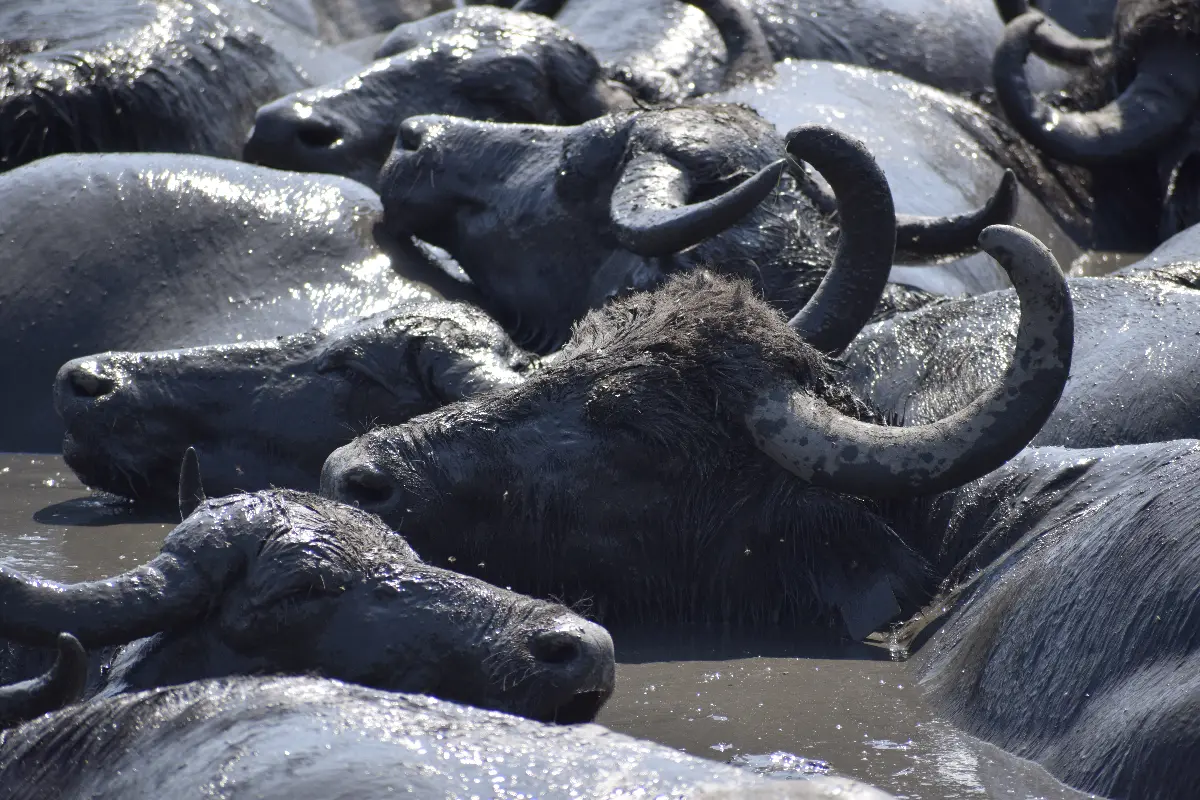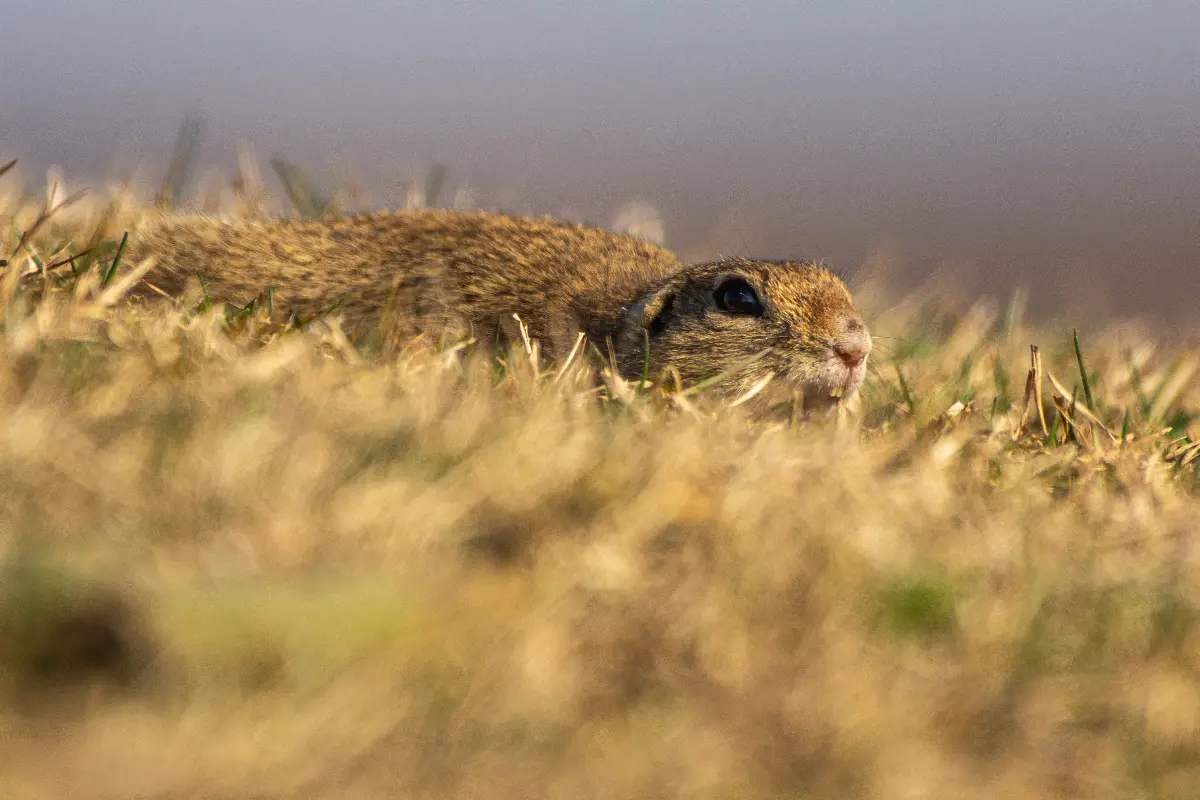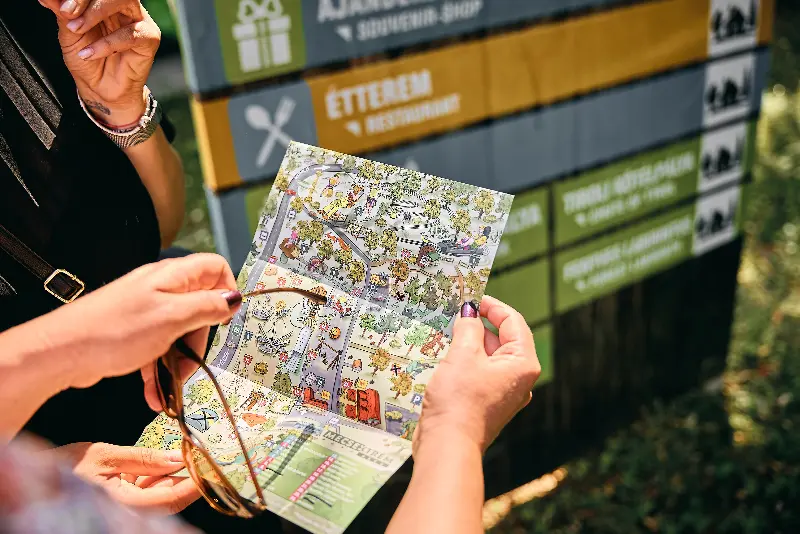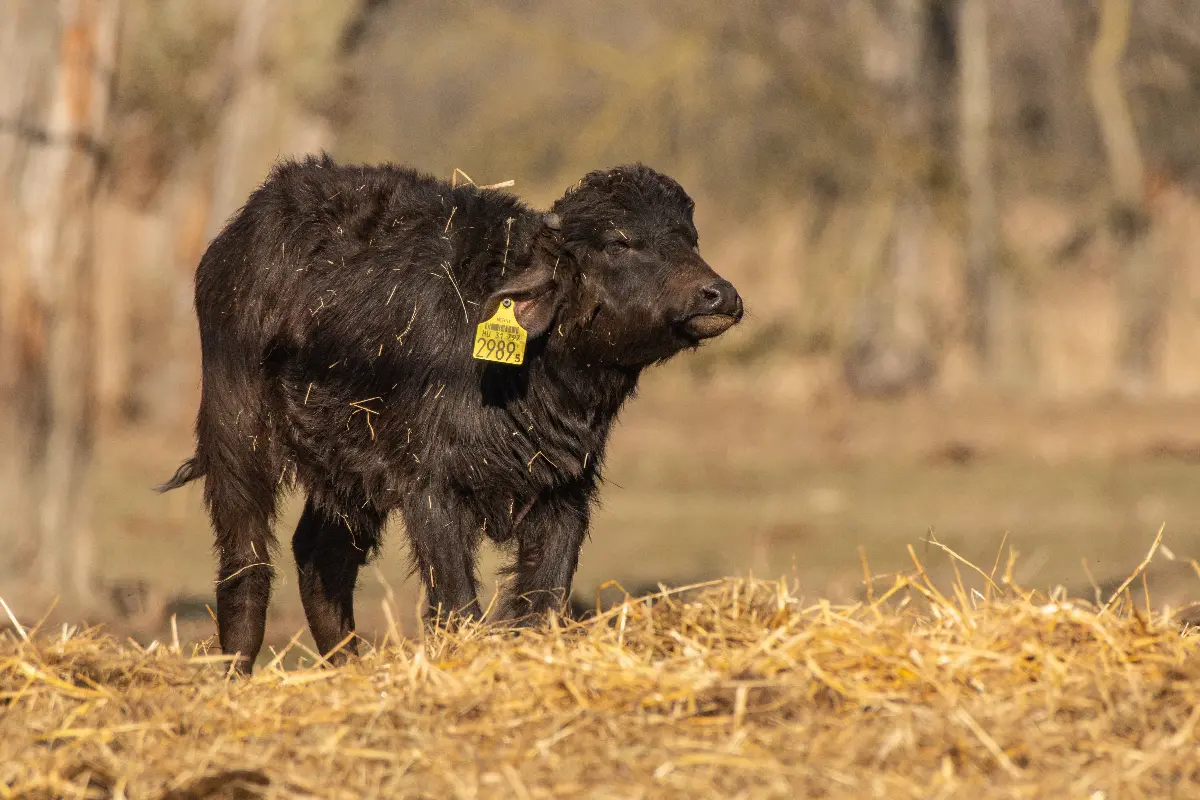
Helyszín címkék:
Buffalo reserve in Kápolnapuszta
Bóday Csilla
What is life like for the buffalo here in the Kápolnapuszta Buffalo Reserve?
The Kápolnapuszta reserve is owned by the Balaton Uplands National Park, four of us run it: my wife and I with two helpers. Two herds of 105 cows and their progenies, plus one bull, are monitored on the 100-hectare area. We used to have three bulls, but two of them grew too old. Now only one bull can do the job perfectly. The area is divided into several pastures, the animals graze outside from spring to autumn and are only fed in winter. Of course, at the end of the winter, they are eager to get out of their paddock, when nature calls them and they eat everything that is green. Thus, spring is their favourite season. One of the two herds is a demonstration herd, the other is the large herd. We try to regulate the reproduction so that it falls in two months of the year, which makes it easier for everyone. In addition to looking after the animals, our job is maintenance and welcoming guests. In summer, there are many foreign tourists, mainly Czech and Russian.
How do you manage to herd and care for this powerful animal?
On the one hand, they are highly intelligent animals. On the other hand, they have a very strong herd instinct, much more than cattle does, they are very cohesive, but because of the hierarchical processes, you can count on the cow leading the herd. We also started breeding Mudis for their herding. Calves often wander off and it is easier to search for them with the herding dogs. Humans tend to be attacked by the cow to protect her calf. Or calves can fall asleep in the reeds, the dogs can wake it up easier than we can. Three komondors guard the area during the night shift.
What programmes can visitors expect?
Our petting zoo is open all year round, where guests can pet donkeys, horses, ponies and rabbits. Last year, the reserve underwent a complete restoration, with the museum, the reception area and the paddocks being renewed. Outdoor pavement was provided on the nature reserve's educational trail, where you can walk along and follow the buffalo's life. This year we will open the new lookout, from which you can see the grazing animals in the distance, and at the end of the trail you can spy on them with binoculars. Of course, the toilets and the showroom have been made accessible. During the year, on request, we take guests into the reserve in a commander's UAZ or a 15-man horse-drawn carriage, right up close to the buffalo, so that they can see this magnificent animal up close. Every year the National Park hosts the summer “Bivaly Fesztivál” (Buffalo Festival), where craftsmen present their products. You can buy cheese, salami, sausages, gifts of leather ornaments, and there is also a buffalo stew or goulash cooking.
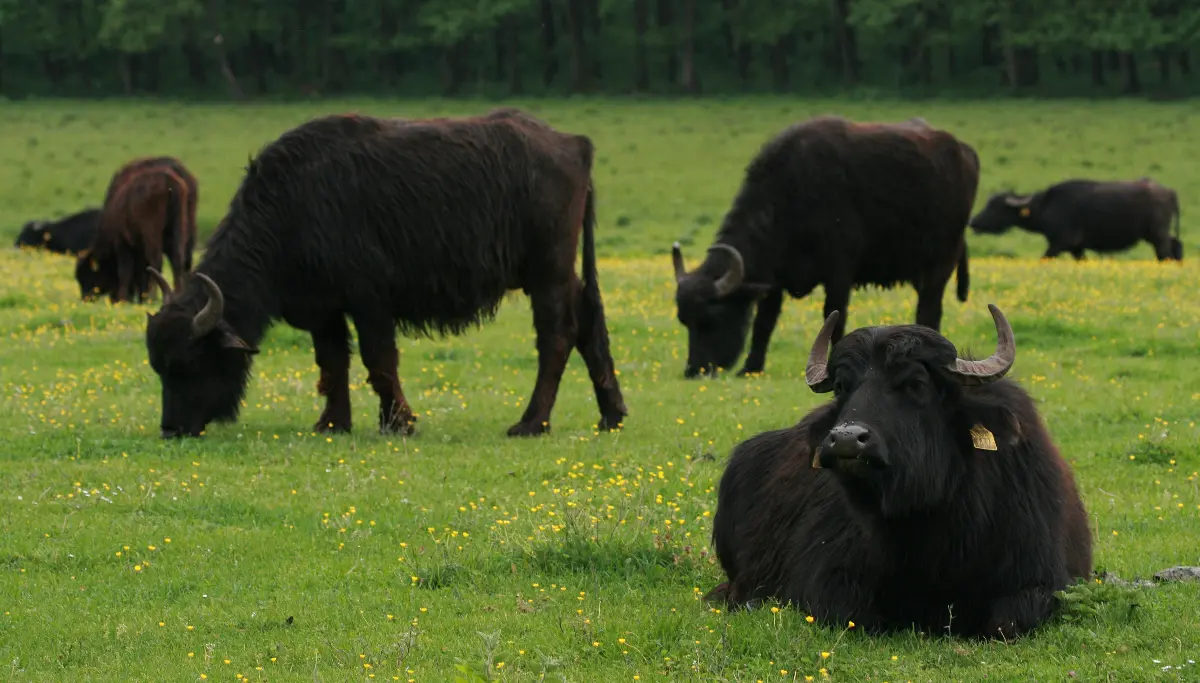
What was the call to action that made you and your family work with buffalos?
It is breathtaking to see them grazing in a herd, or to witness the birth of a calf. It is the love of animals that brings us forward, and in doing so, we also protect the integrity of the National Park. I believe these reasons are more than enough.
The buffalo
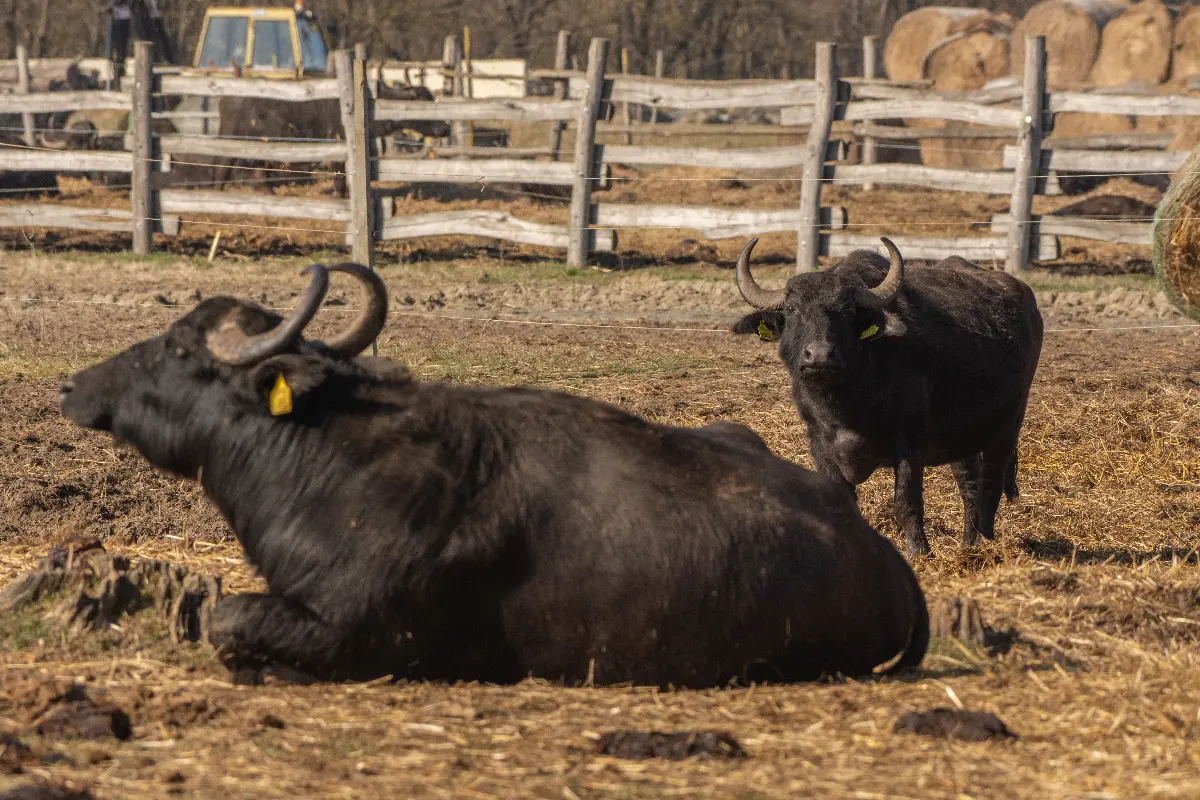
The buffalo originates from the steer subspecies, the Hungarian (swamp) buffalo has been bred in Hungary since the 16th century, and its genetic stock is characterised by a pure bloodline. Though tropical areas are its native habitat, the Hungarian buffalo has managed to adapt to the local climate. So much so, that in the Hungarian summer heat, it insists on wallowing in the mud here too. This was a trait that was recognised by breeders as a “task” that was proving extremely useful in the conservation of the wetlands in Hungary. Buffaloes usually live up to 20-25 years, and their health and vitality are greatly supported by open-air farming in the Hungarian reserves.

